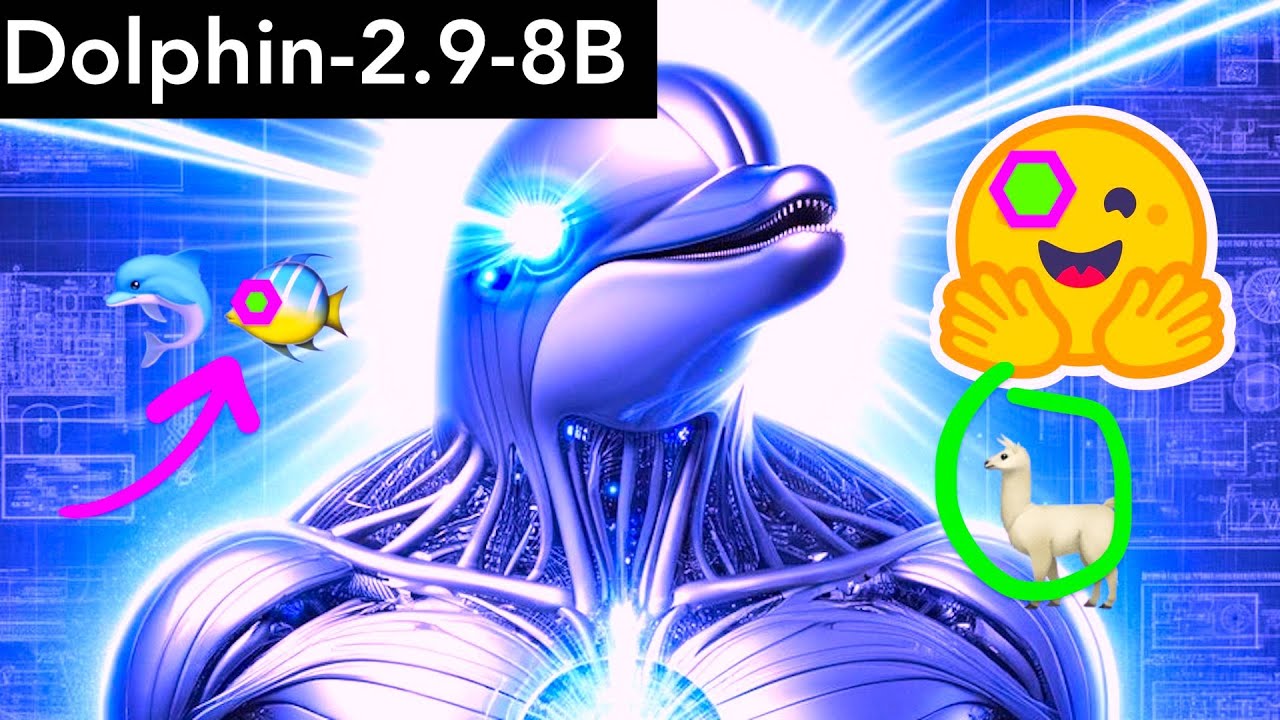The text discusses the emergence of the Dolphin 2.9 llama 3 8b model in AI research, highlighting its advanced capabilities in processing complex queries and generating concise responses. Researchers are transitioning towards this model for its enhanced performance, potential for further development, and there is a suggestion to potentially conduct live streams testing the model’s abilities.
The text discusses the shift in AI research towards fine-tuning and modifying Meta’s llama 3 model, which has gained popularity among researchers for its capabilities. Researchers are transitioning from using the Mistal model to the llama 3 model due to its enhanced performance and potential for further development. The Dolphin 2.9 llama 3 8b model, released by Eric, is highlighted for its capabilities and potential, although it may not be the leading 8 billion parameter model currently available. The model is praised for its conversational and coding skills, as well as its agentic abilities and support for function calling.
The training process and data sets used to develop the Dolphin 2.9 llama 3 8b model are detailed, showcasing the efforts put into its creation. The model’s use of a structured ChatML prompting format enhances its directive capabilities and understanding of user input. Eric emphasizes the model’s uncensored nature while also filtering out biased data to improve compliance and understanding of user prompts. The text also mentions the importance of adding an alignment layer before deploying the model to avoid generating inappropriate content.
An example interaction with the Dolphin 2.9 llama 3 8b model demonstrates its ability to provide nuanced and concise responses, showcasing its understanding of complex queries and problem-solving. The model’s cautious and informative responses reflect its advanced capabilities in processing and generating relevant information. Additionally, the text highlights the model’s ability to maintain concise responses within limited token lengths, indicating its efficiency and effectiveness in providing accurate answers.
The text concludes with a suggestion to potentially conduct live streams testing the Dolphin 2.9 llama 3 8b model and other AI models. The possibility of showcasing the model’s performance in real-time interactions is considered, as testing videos of AI models have gained popularity. The author invites feedback on preferences between llama 3 and Mistal models, encouraging engagement with the AI research community. Overall, the text emphasizes the advancements and potential of the Dolphin 2.9 llama 3 8b model in the AI research landscape and invites further exploration and discussion within the field.
